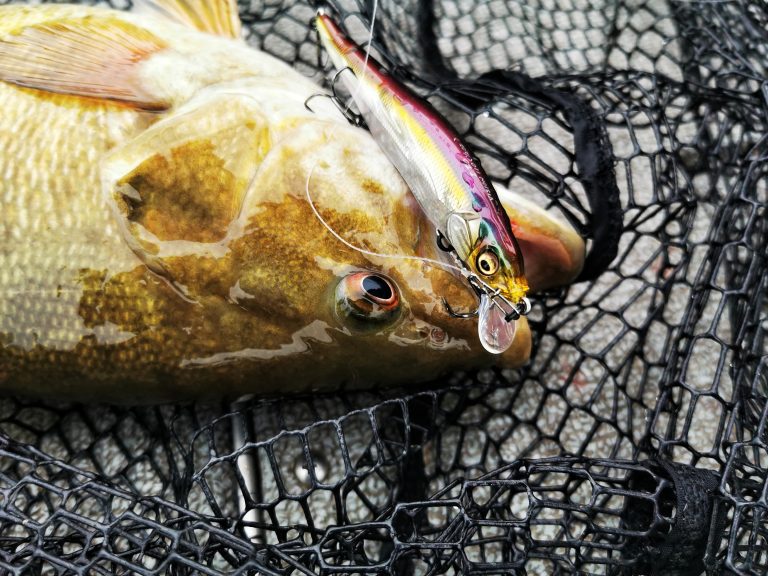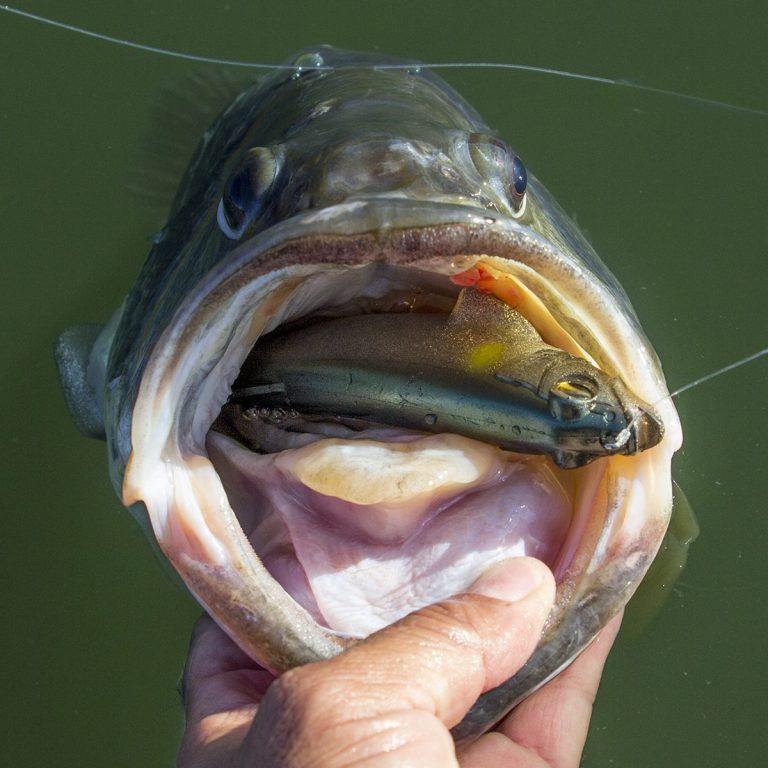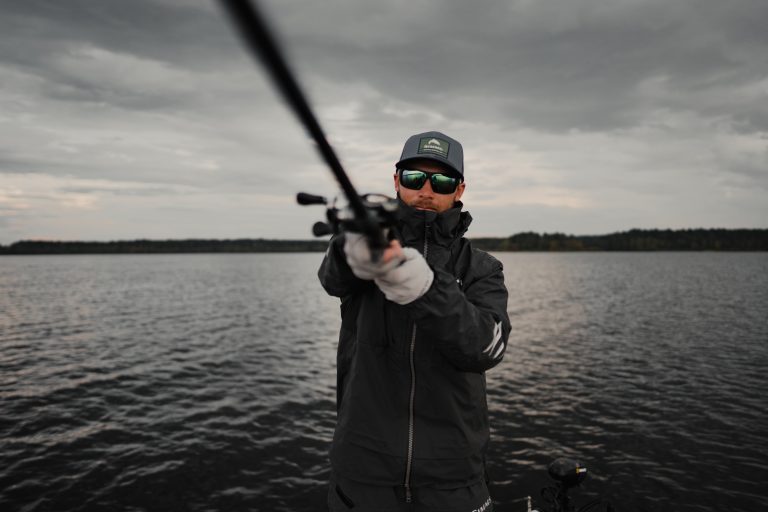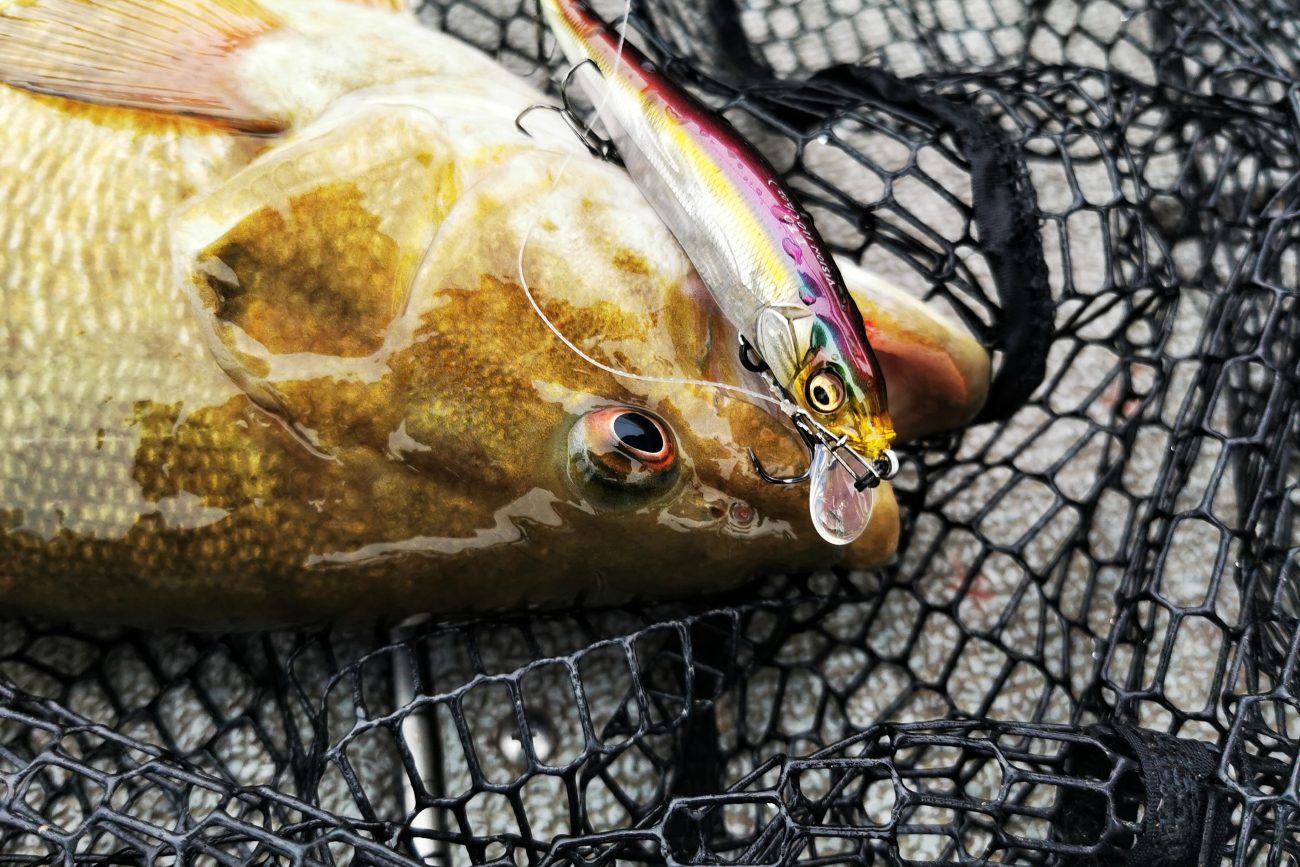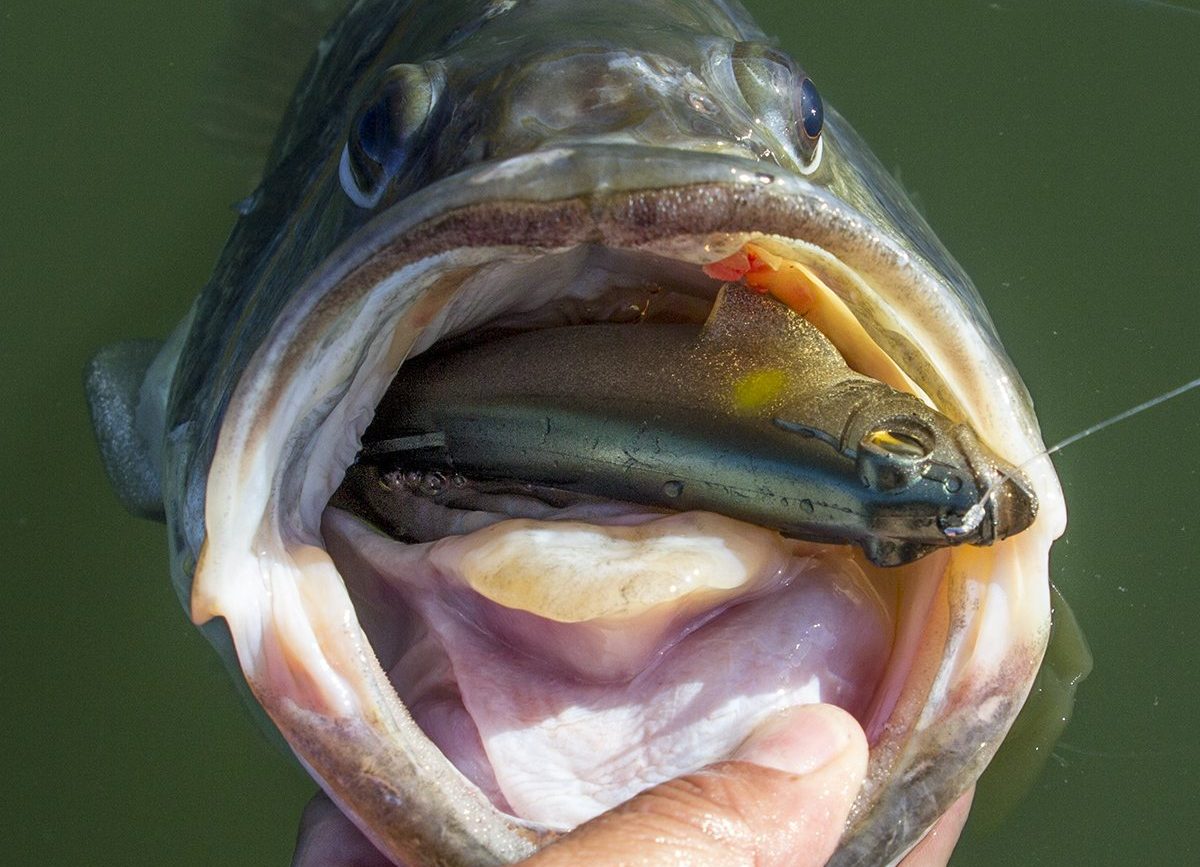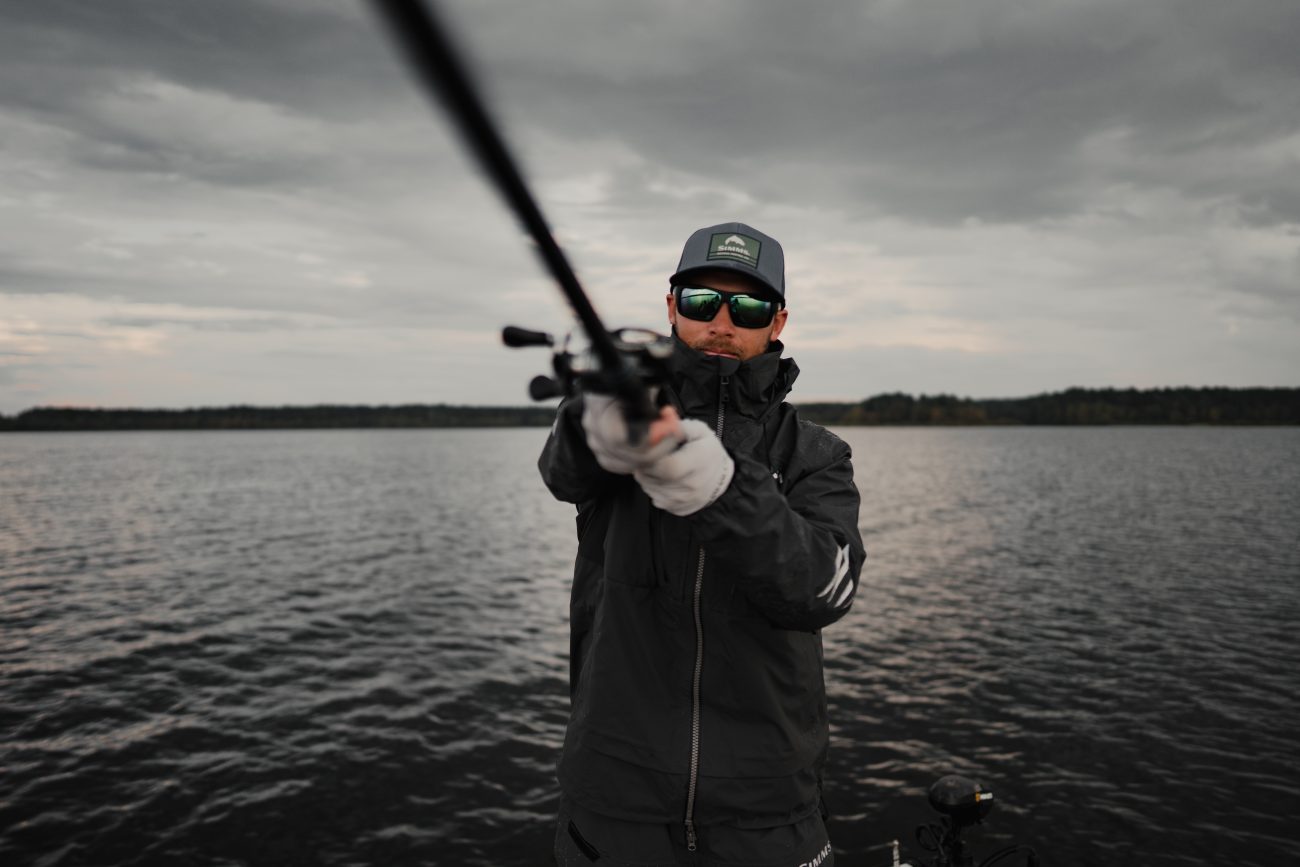Ever since bass anglers first learned to “walk the dog” with a cigar-shaped topwater, it has been the Holy Grail of bass bites, a way to call larger-than-average fish from a distance and force them to strike out of hunger, curiosity, territoriality or anger. While the early versions of these lures still work, seasoned pros know that specific styles, cadences and walking actions can be precisely tailored to the situation at hand.
When it comes time to cover large expanses of water during the post-spawn, both California pro Chris Zaldain and 2015 Bassmaster Classic winner Edwin Evers depend on larger-than-average walking baits to get the job done.
For Zaldain, a three-time Classic qualifier, it’s often the lure that he starts with on an unfamiliar body of water on the first day of practice, both at this time of year and again in the fall. “I can make a long cast and work it all the way back to the boat,” he said. “I can use a real steady cadence all the way back to the boat or if I come across something like an isolated patch of lily pads, I can slow down and work it like a popper or with a walk-walk-pause retrieve.” It covers more water than a popper, and it looks more natural and usually hooks more fish than a buzzbait.
While these lures are deadly around shallow cover, Evers also said that they can be exceptional for pulling bass out of deep, clear water, especially smallmouth bass and spotted bass. He’ll use a rattling version to call them up out of the depths, but if the fish are curious but won’t commit, he’ll switch to a silent version. That’s one reason he likes the 4 3/4“ Megabass Dog-X Diamante, because the same ultra-realistic profile comes in both styles. He also likes it because he can throw the ¾ ounce lure a country mile. Of course, there are plenty of walking baits that feature similar heft, but what makes this one special, Zaldain added, is that “it stays real high in the water column, which is critical when you’re dealing with a chop in clear water.”
Zaldain also likes the Diamante because it has a “very, very long stride, almost a full foot.” There are times when he wants the tighter stride of a more subtle dog walker, and then he’ll tie on something different, but when it’s time to draw fish from a distance, he wants a big profile and a wide gait.
Of course, one occupational hazard of fishing topwaters with a wide sashay is missed strikes. That’s another reason that both Zaldain and Evers like a model with three trebles when that’s possible. “Your hook up ratio will be a lot better,” Zaldain said. “Those number five trebles do not foul up and if a fish even looks at it funny he’s going to get hooked up, just the way the lure comes out of the package.” Of course, sometimes the fish miss the lure altogether. When they’re chasing but won’t take it in their mouths, that tells an angler that something is slightly off. For Evers, the first step to rectify that problem might be to switch from the rattling version to the silent one, or vice versa. If that doesn’t work, he’ll switch up his colors. In very clear water he’ll usually start with a translucent color like HT Kossori Shad or something natural like Megabass Sexy Shad, and when the water’s a bit more stained he’ll turn to something opaque, most often Bahama Milk Pearl. However, he noted that the bass can be surprisingly fickle about the paint job they’ll eat, so it pays to experiment, especially when curious fish won’t seal the deal.
Zaldain agreed that a high level of detail can mean the difference between tournament wins and fish that merely look or swipe halfheartedly at a lure. A dirty water largemouth sitting behind a stump might merely react to the sound and presence of the lure, and a clear water smallmouth with a head of steam might do the same, but it’s more common for a fish to examine the lure, or rocket at it and turn away if an angler has not properly dialed in the applicable profile, action and color scheme. The advantage of having both a rattling and a silent version is that if the fish become conditioned to one, the other can be used as a pinch hitter to re-energize the bite.
Evers throws the Dog-X Diamante on a 7’ medium action baitcasting rod paired with a high speed reel spooled with 40 pound braided line. That allows him to maximize his casting distance and the lack of line stretch means that he can work the bait more easily. Zaldain, on the other hand, typically uses 20 pound monofilament, which absorbs the shock of a brutal strike and allows the lure maximum range of motion as it sashays across the surface. He fishes it on his favorite topwater rod, a Megabass Destroyer USA Oneten Special, a 6’11” stick with a moderate action that also has a short butt section, which allows him to make long bomb casts when covering massive amounts of water is critical, but also allows him to work it properly at short range.
“It’s not just a great search bait,” Evers concluded. “It’s something I have tied on all the time, because I know it’ll pull in big fish.”

